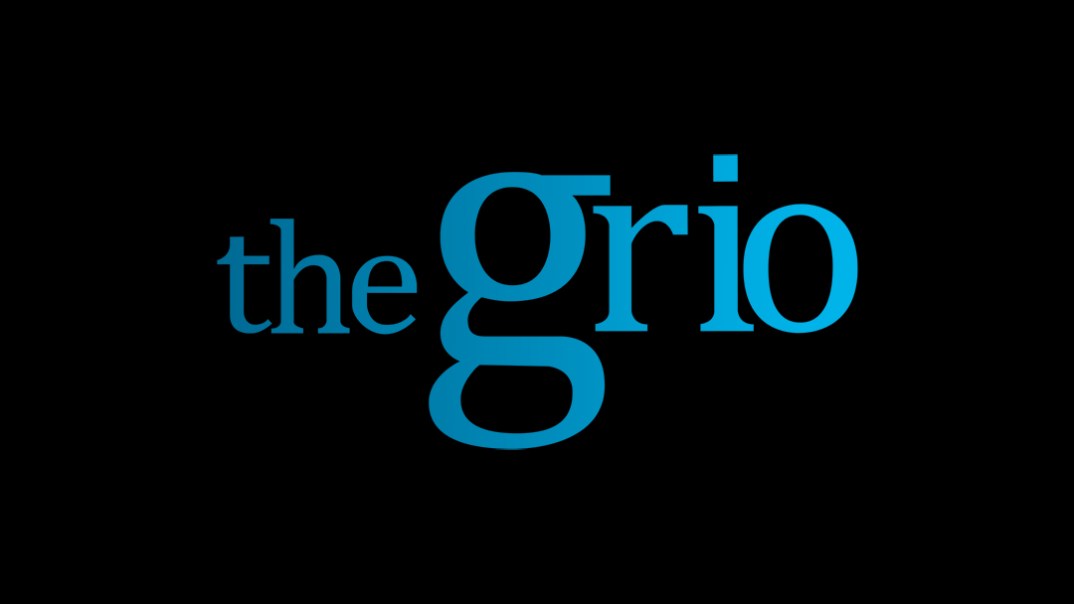Leave banks out of student loans; give students the bailout
OPINION - Access to higher education should not be for just the privileged, it should be affordable and available to all who strive for it...

The biggest players in this student loan game have historically been commercial banks and private lenders. But that game has changed as of last Thursday. The House of Representatives voted along party lines, 257 votes to 171, to take private lenders out of the loan business and to make the government the primary source of student loans.
President Obama probably derived some personal satisfaction from this event. Not only was getting banks out of the student loan business one of his campaign promises, but before he made millions from his two books, Obama was struggling to pay off his own inflated student loan debt from law school, juggling monthly payments like the rest of us.
This unprecedented move overhauls college aid programs, ending over $80 billion in taxpayer subsidies to banks, and funneling about $40 billion into Pell Grants. It will definitely beef up direct loans from the government and may also put Sallie Mae, the quasi-governmental collector of loan payments, out of business in another year or two.
So I’m happy for this change. But how will this play out in the lives of students and in financial aid offices around the country? A close look at the actual bill reveals that loan rates will be capped at around 6 percent, but will not decrease the amount of loans students take out to fund their education. In other words, against Obama’s wishes, loans – not grants – will still be the primary source of funding for students, especially the poorer ones, which is a concern.
The rule of thumb is that educational debt should not exceed 8 percent of one’s monthly income. But, according to Derek Price, a higher education expert at the Lumina Foundation, poor and working class students who are able to wrangle a college degree have educational debt from student loans that tends to exceed 20 – 30 percent of their monthly income. That percentage may even be higher when taking into account graduate or professional degree debt. Couple that with rising housing costs, food, and transportation and it is no wonder that college grads return home to live. That’s if, of course, the house has not been taken away due to many students defaulting on loans that their parents collateralized with their home.
This also has consequences for career choices because many students are forced to take a job (sometimes multiple jobs) for higher wages to pay off debt rather than pursuing their passions or careers in public service. Now that banks are out of the student loan picture, we need debt relief for those students who currently have mounting loans. We need lower interest rates on current student loans so that students can manage the payments. Banks are currently bilking families and putting a generation of our best and brightest into an educational peonage system before they even start their careers.
Jesse Jackson, president of Rainbow/PUSH, and I spoke on a recent radio program and expressed our belief that student loan debt relief for the next generation of leaders calls for more aggressive approaches like loan forgiveness for those in public service and more grants for students in public and private colleges. The bottom line is that access to higher education should not be for just the privileged, it should be affordable and available to all who strive for it.
